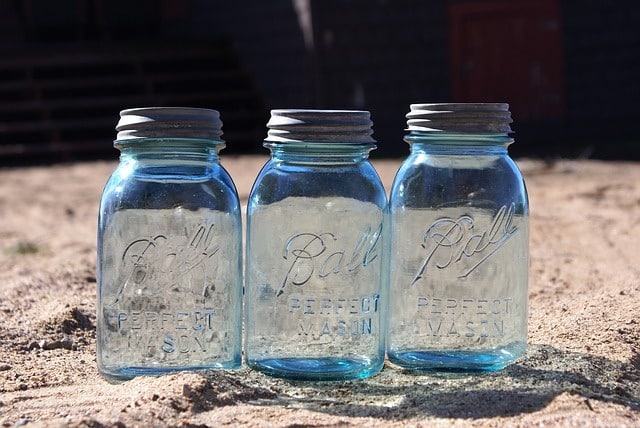Italian researchers demonstrate that cannabinoid concentrations can remain stable under the right storage conditions. What are they?
Let’s get uncomfortable. Pending the evil genius of Elon Musk, those of us who are lucky are going to get old, shrivel up, seize up, and eventually rot away. Not even the stars will overcome the eventual heat death of the universe. There will be a time when the warmest thing you can think of, will be the coldest thing you could possibly find.
Such is the power of time on all things. Since we aren’t waiting that long to consume our cannabis, its storage conditions play a significant role in its composition and how long it lasts. We don’t have Elon to thank for this knowledge; instead, we can simply review a paper published in Forensic Science International by a group of Italian researchers. [1]
We’ve known for decades that cannabis products will deteriorate if simply left on the shelf. [2] In fact, if left at room temperature, researchers have pointed out that cannabis can lose 3%-5% of its delta-9-tetrahydrocannabinol (THC) content each month. [3]
Our study of review, however, wanted to see how THC-rich hash and flower samples differed in their decomposition. The researchers analyzed six highly potent cannabis samples for their THC, cannabidiol (CBD), and cannabinol (CBN) content. [1]
They separated the products into storage units which varied in their exposure to light and temperature and tested their compositions over a four-year study.
Upon the conclusion of their study, they showed that, for any sample kept at roughly room temperature, the THC level had dropped to disproportionate levels (near-complete degradation) with drastic increases in CBN concentrations. Light exposure modestly accelerated THC degradation but did not contribute to CBN formation.
For samples kept below room temperature, there was a far less significant time-dependent response in cannabinoid composition. In fact, the samples kept in sub-freezing temperatures throughout the study maintained a relatively stable cannabinoid profile.
Interestingly, the storage conditions seemed to have little impact on the CBD content in any of the samples tested. [1]
Under the right storage conditions (-20°C, no light, in a sealed container), your cannabis could theoretically last forever. It could be the last thing you find—and ignite—before the heat death of the universe.
References
- Zamengo, L. et al. “The Role of Time and Storage Conditions on the Composition of Hashish and Marijuana Samples: A Four-Year Study.” Forensic Science International, vol. 298, 2019, pp.131–137. [Times cited = N/A; Journal Impact Factor = 1.974]
- Liskow, B. “Marihuana Deterioration.” J. Am. Med. Assoc, vol. 214, 1970, pp. 1709–1714. [Times cited = 15 (GoogleScholar); Journal Impact Factor = 51.273]
- Lerner, P. “The Precise Determination of Tetrahydrocannabinol in Marihuana and Hashish.” United Nations Off. Drugs Crime, Bull. Narc., 1969, pp. 39–42. [Times cited = 58 (GoogleScholar); Journal Impact Factor = N/A]












